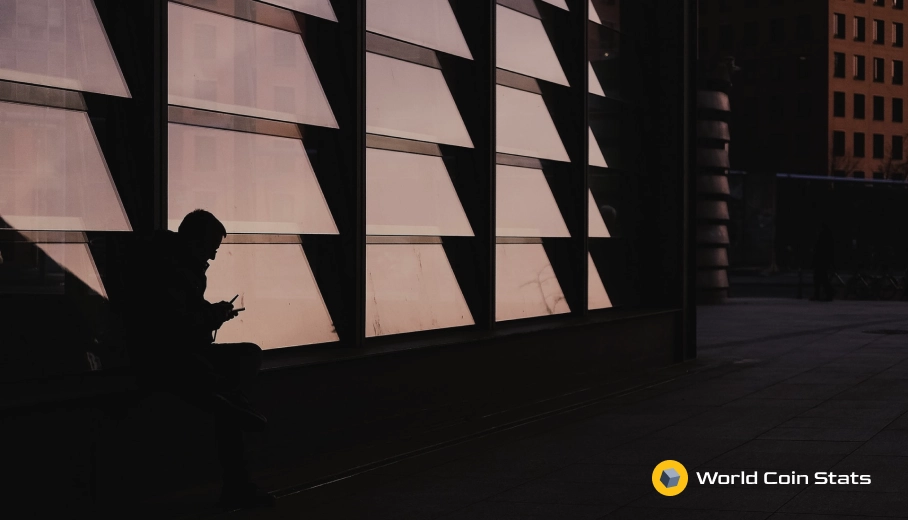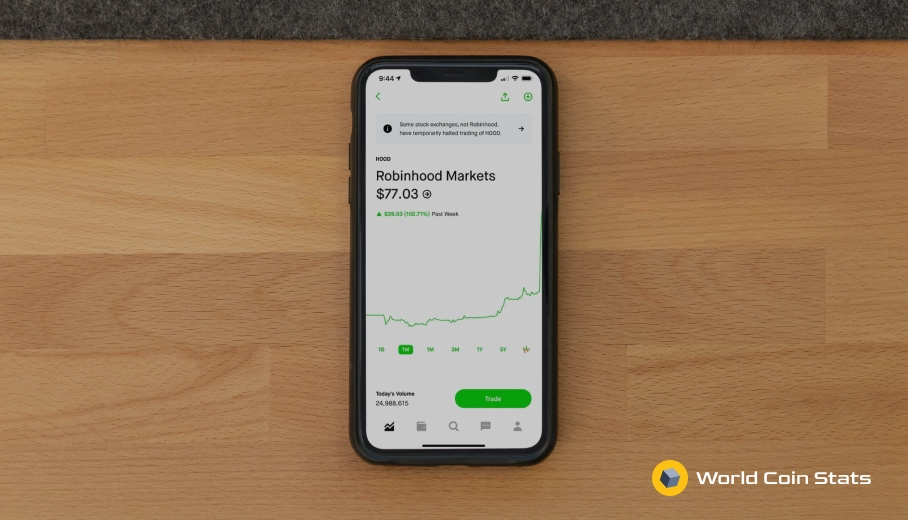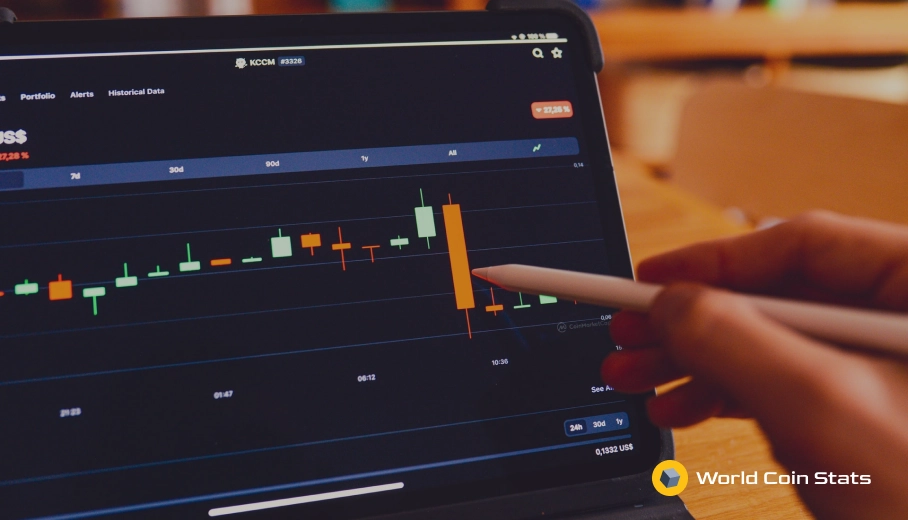Can You Trade During After-Hours?
Do you know that both the Nasdaq and the New York Stock Exchange operate for a specific time duration of 9:30 A.M. to 4:00 P.M.? If you are an active trader, then you are familiar with this information.
But do you know that investors can trade during after-hours? Yes, investors can complete the trades after these hours. They can go so by an electronic exchange system. This facility is usually available between 4:00 P.M. to 8:00 A.M. Eastern time.
Moreover, these reliable and well-performing electronic communication networks (ECNs) can meet the requirements of buyers and sellers without even using the traditional stock exchange.
Who is Allowed to Trade During the After-Hour Trading Session?
Earlier, the concept of after-hour trading was more prevalent among institutional investors. However, with the invention of ECN, individual investors were also allowed to interact electronically. At the same time, ECN provided large institutional investors an ability to work anonymously on the exchanges so that other investors cannot identify their actions.
With time, extended hour trading became more popular. Even some brokers such as TD Ameritrade, Fidelity, and Charles Schwab, etc. started offering after-hour trading services to potential investors.
Trading During Post-Market and Pre-Market Hours
After-hours trading can be easily divided into two parts – post-market and pre-market trading hours. Most exchanges generally allow post-market trading between 4:00 P.M. and 8:00 A.M.
However, few of them also allow investors to handle their trades before opening the market in the morning, i.e., before 9:30 A.M. And usually, the pre-market session timings keep on varying from exchange to exchange.
Benefits of After-Hours Trading
Let’s take a look at some of the after-hours trading benefits.
Trading on Fresh Updates
Those who prefer to trade after-hours usually take substantial actions to balance the breaking news stories. They can make potential decisions even before the market opens for the next day.
Better Pricing Options
There is no doubt to say that after-hour trading comes with the risk of volatility. However, it is also possible to avail of some appealing pricing options in these hours. You can ensure more profits by making some strategic decisions.
Added Convenience
The off-peak hours provide more flexibility and convenience in trading. If you were not able to stay active in the standard market hour, then after-hours actions can bring more value to your trades.
Risks Associated With After-Hours Trading
After-hour trading comes with risks and dangers as well. Below you will find a list of potential risks associated with after-hour trading:
Lesser liquidity
You will see more sellers and buyers working actively during regular market hours. However, the trade volume is usually smaller in after-hour trading. This more inferior liquidity condition makes it harder to ensure conversion for shares.
Volatility
The after-hour trading market is usually thinly traded as compared to the regular hour trading. The market undergoes severe price fluctuations in the regular hours as compared to the after-hour scenario.
Wide spreads
Due to lower trading volume, the after-hour market usually leads to wide spreads between ask prices and bid prices. Hence, it gets harder for investors to trade on their preferred price ranges.




